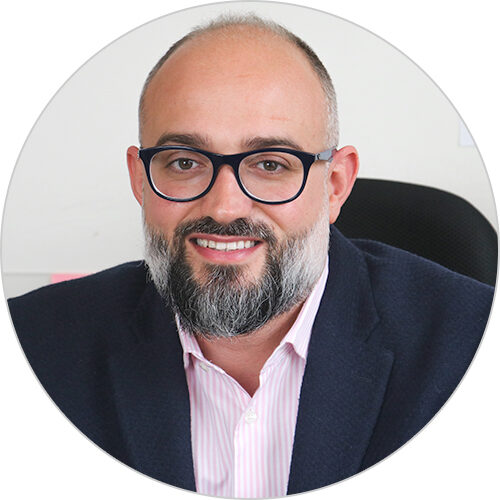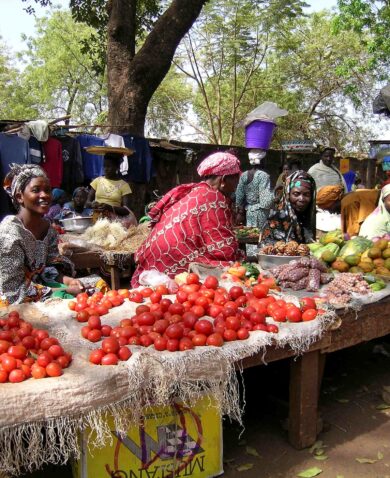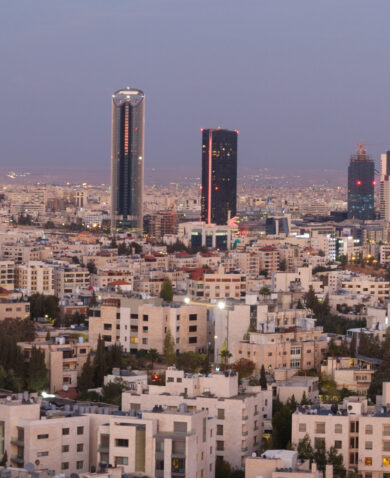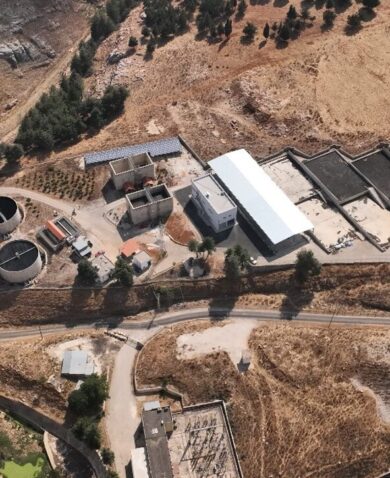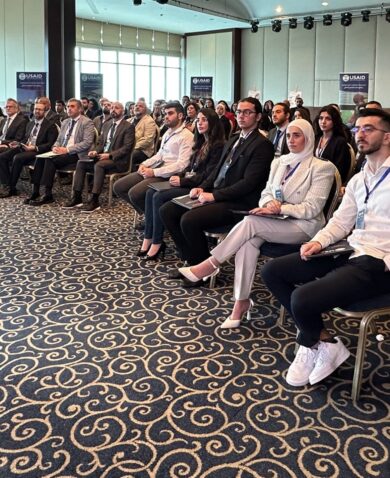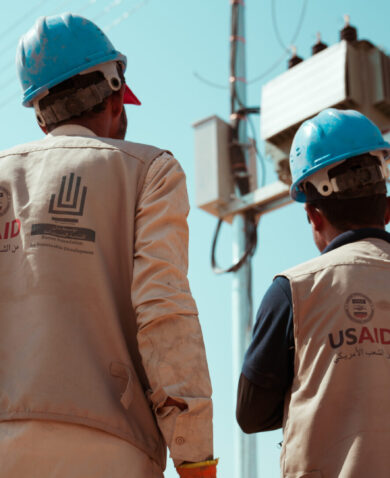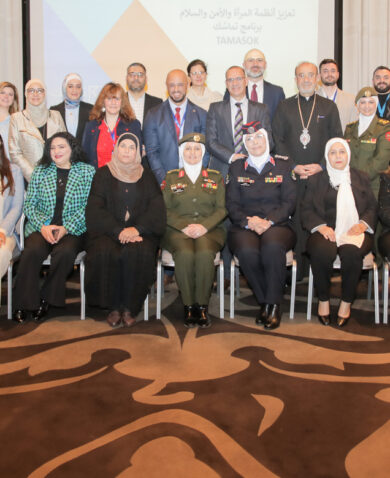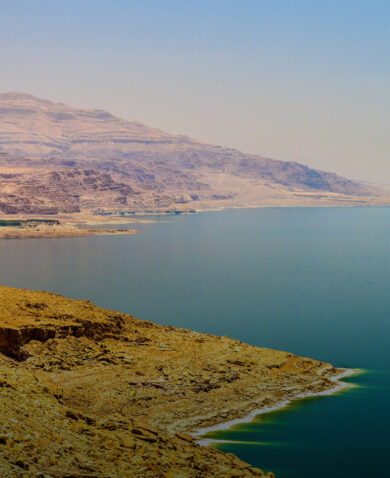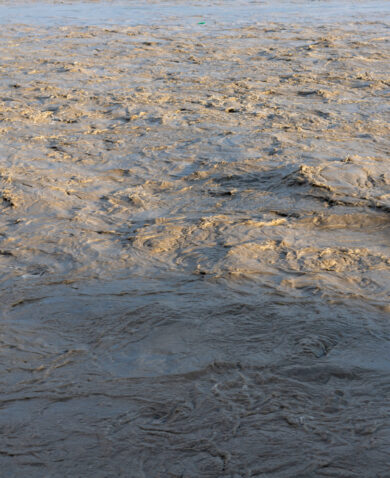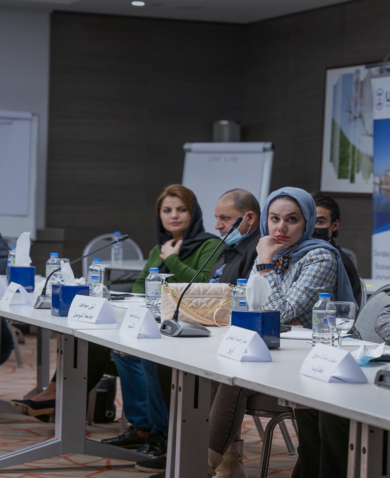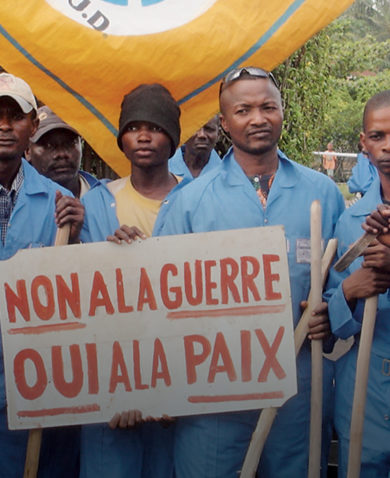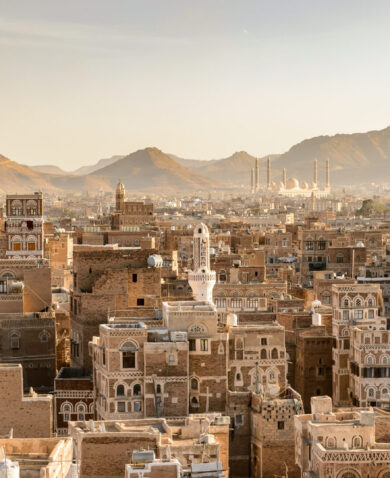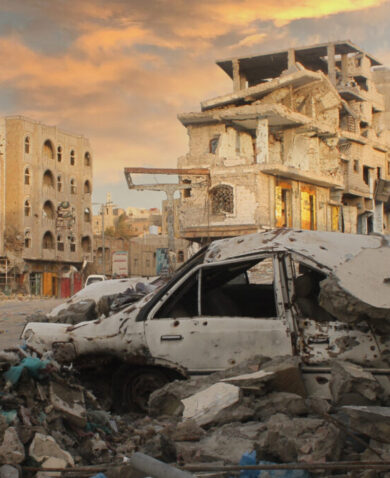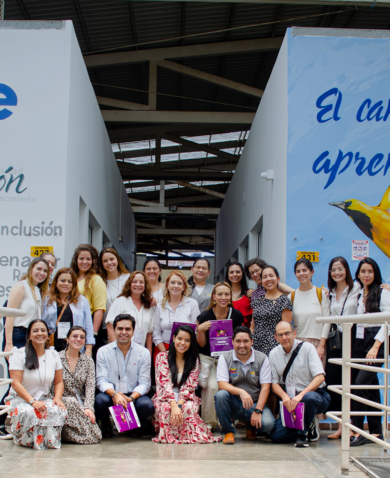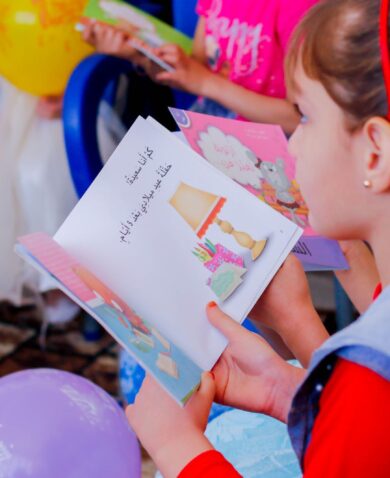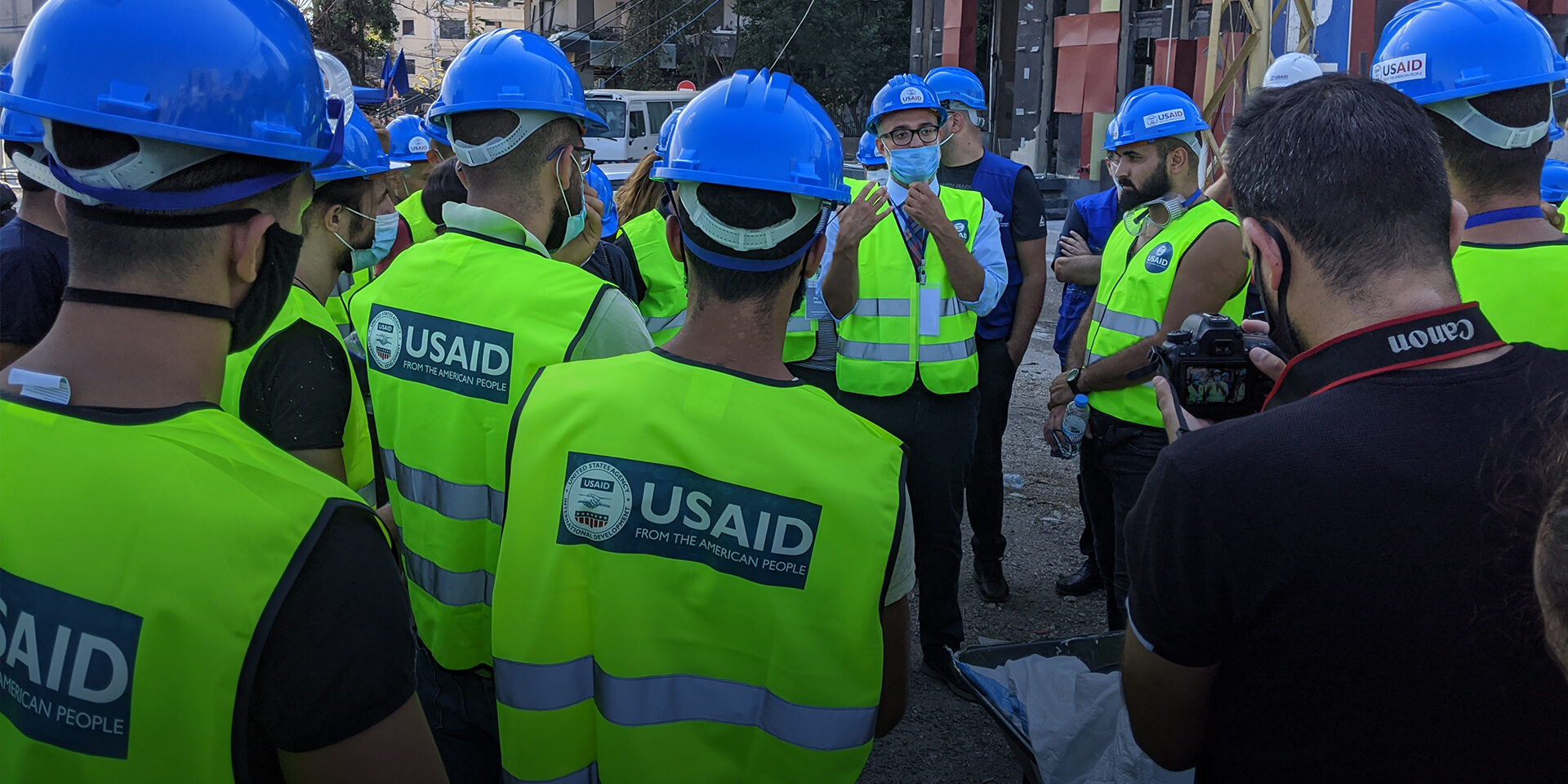
3 Questions on Designing an Emergency Intervention in Lebanon During COVID-19 with Bilal Al Ayoubi
August 26, 2020 | 4 Minute ReadIn the wake of the tragic explosion in Beirut, Lebanon, the USAID Community Support Program launched an emergency response community cleanup in a major blast zone — during COVID-19. Bilal Al Ayoubi shares how the project team is navigating this unfathomable challenge.

On August 4, 2020, some 2,750 tons of ammonium nitrate that had been stored for years at the Port of Beirut exploded, emitting a mushroom cloud of pink and yellow smoke. People felt the material impact up to 100 miles away. The death toll on the second day of the explosion exceeded 100 residents, and the injured counted into the thousands. Authorities expected the final toll to be much higher as many people remained under rubble. The explosion’s impact decimated homes, apartment buildings, office buildings, and other structures throughout the city. Glass, concrete, and rubble lay strewn across the streets of the capital.
Ten zones situated in eastern Beirut experienced some of the greatest impact from the blast and are mostly working-class neighborhoods that host a large population of Syrian refugees. Greater Beirut has a population of about 2.5 million people, and according to the U.N. High Commissioner for Refugees, almost 210,000 Syrian refugees lived in the city as of July 2020.
In the days after the explosion, the USAID Community Support Program (CSP) in Lebanon was tasked with designing an emergency response community cleanup in the Marfaa, Rmeil, and Medawar neighborhoods of Beirut. The even bigger challenge? Launching the activity three days later and assessing and working in a major blast zone during COVID-19.
From coordinating with local partners Rene Mouwad Foundation and Caritas to select and mobilize workers, to an extremely rapid procurement of equipment, to media engagement, and to rapidly implemented safety and security training for the workers, the start of the cleanup is a case study of preparedness and execution in a time of crisis. To learn more about how to design and manage an effort like this, we spoke with Bilal Al Ayoubi, the Community Support Program Task Order 2 director.
1. Emergency responses are challenging under the best circumstances. However, working amid a global pandemic adds new challenges. What special considerations did you have while designing the emergency cleanup activities?
Launching the Beirut Blast emergency response intervention coincided with an unprecedented surge of COVID-19 cases across Lebanon. That week alone, around 400 cases were reported daily. For the time being, this might be one of our biggest hurdles when implementing our response, especially as the Lebanese government has instituted a total lockdown until September 7 to prevent further rapid outbreak. Luckily, rehabilitation and aid activities in blast-affected areas are allowed to continue due to the urgency of finalizing basic repairs before winter.
Just one week after the explosion, we started hiring temporary workers to clean up rubble and debris and trained them to hit the ground. We are taking all the necessary steps to ensure workers are complying with the highest safety and hygiene standards, including distributing masks, goggles, gloves, and sanitizers as well as monitoring social distancing, as needed. All vests, helmets, and other equipment are disinfected every Friday before the next team takes over.
In fact, we train all workers on personal safety measures before they start work onsite and distribute leaflets highlighting the main points of that training. In addition, we are training our workers (who will number as many as 250) to safely remove and dispose of waste and recyclables, and the protocols to report unusual findings (such as valuables, personal papers, etc.).
After receiving the proper training and equipment, the teams split up into groups of 10 and dispersed throughout the target neighborhoods of Marfaa, Medawar, and Rmeil. They shoveled trash and recyclables from the streets and used a mechanical skid-steer loader to pick up heavy concrete and other materials. One group formed an assembly line to pass bags of waste down a public stairwell.
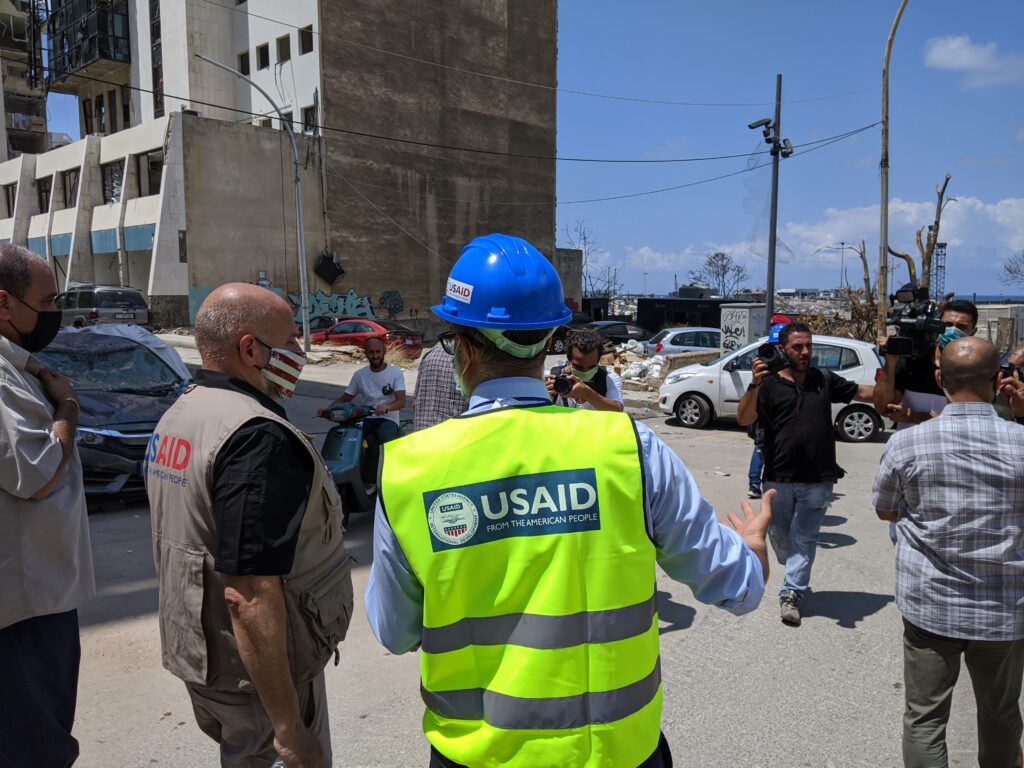
2. What process did you follow to identify the community or neighborhood for the assistance intervention?
The Beirut Blast’s scale of destruction was so grave that some neighborhoods will need total demolition and reconstruction. The blast has affected and disrupted most essential services in the neighborhoods near the port. Therefore, CSP kicked off the emergency response intervention with rubble removal being the utmost priority of the residents. We’re continually re-assessing how to expand the scope of the intervention to address needs, such as the restoration of services like electricity, street lighting, water, and solid waste, to name a few.
The neighborhoods are selected based on recommendations from CSP’s Beirut field team, including engineers, who conduct basic assessments of the impact on services and public spaces in the affected communities. As part of this, our team visited the blast zone and talked to affected residents, business owners, and our local partners already on the ground to design the first assistance intervention. Of course, the priority as per USAID’s guidance and CSP’s mandate is to focus on the most vulnerable and underserved neighborhoods. Albeit Beirut was not within CSP’s areas of focus and hence no regional team was operating there at the time of the explosion, we were able to quickly mobilize a team on the ground to help identify some of these underdeveloped and impoverished communities as many staff are well acquainted with the area. This activity will not only help kick-start the rehabilitation process in the neighborhoods most affected by the blast, it will also inject cash over the next three months totaling about $110,000 for underserved Lebanese daily workers from the area.
3. Do you have advice or guidance for others providing assistance (food and shelter, cleanup, restoration of services, or rehabilitation of public spaces and buildings) in the blast area?
One of the major observations of most teams engaged in the response during the first week was the chaos across all fronts, including who’s doing what, where, and how. Therefore, a critical recommendation to all stakeholders is to expedite the coordination mechanisms that they need to put in place to make sure efforts aren’t duplicated and important needs aren’t overlooked. CSP is working to create a coordination mechanism with our partners to share information about people served, daily workers hired, streets covered, and so on. But we will need to coordinate with UN partners, international NGOs, local NGOs, and local authorities who should ultimately lead such coordination efforts.
*Banner photo caption: Bilal Al Ayoubi makes introductory remarks and reviews training guidelines with the recovery workers.
Posts on the blog represent the views of the authors and do not necessarily represent the views of Chemonics.

